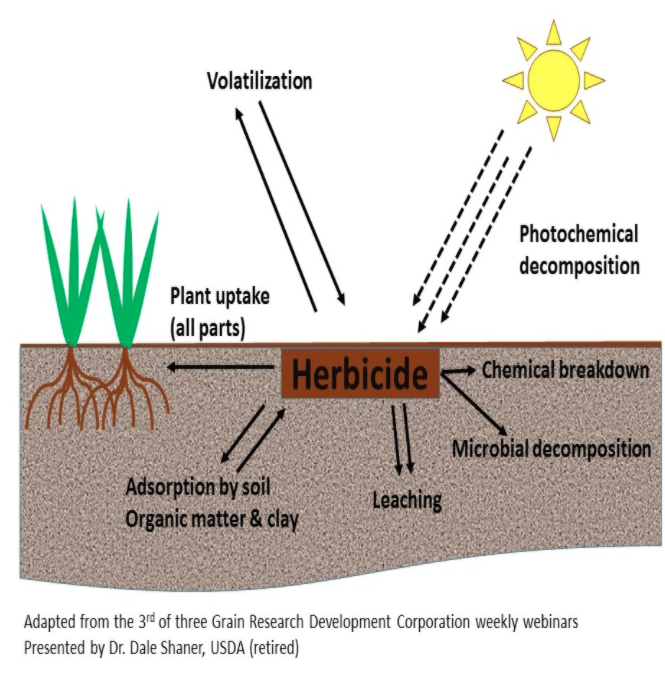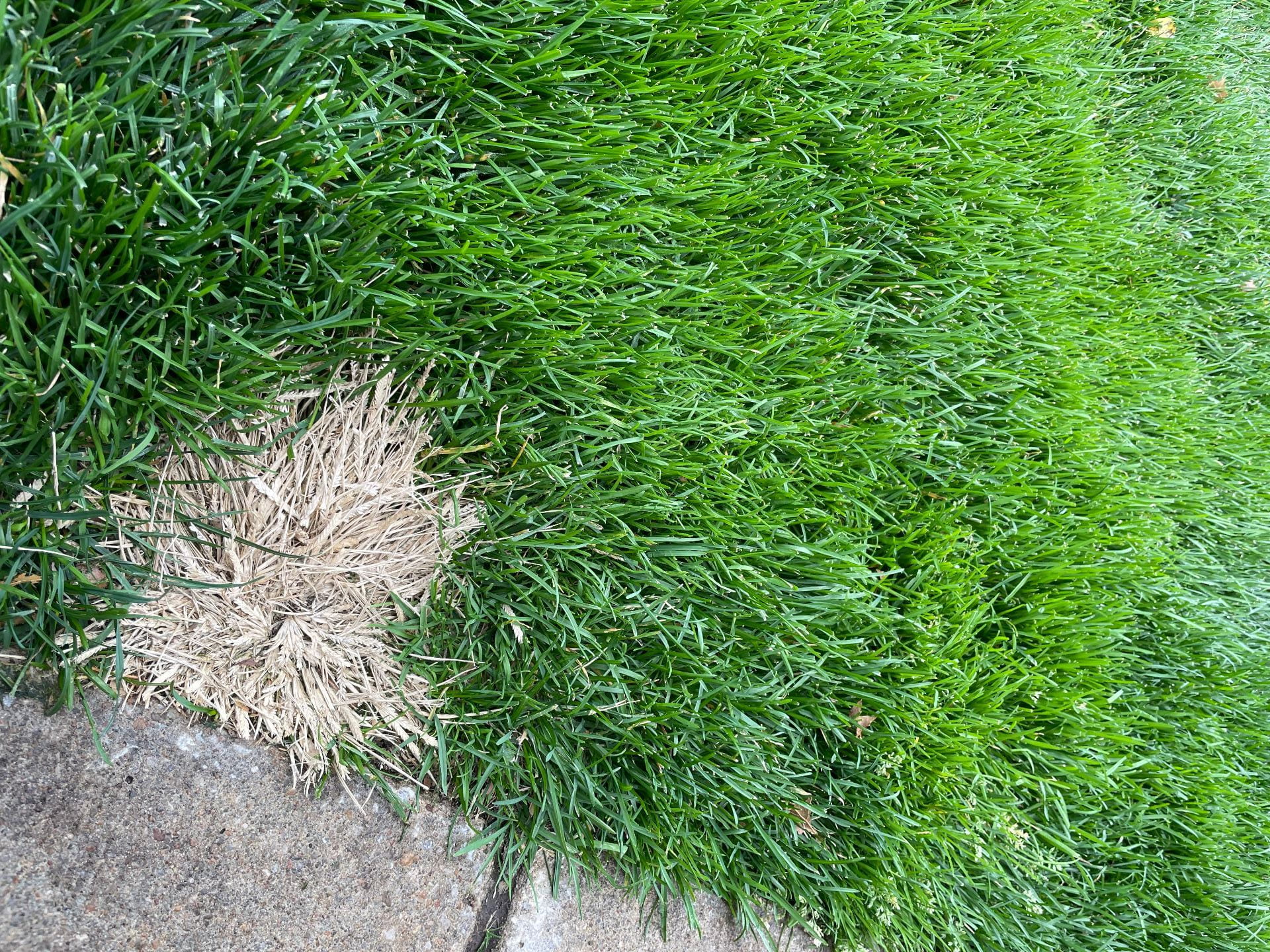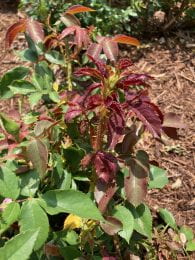
Many of you are busy “pushing snow” with the recent cold weather, and there will likely be more snow to push in the next couple of months. Please take a few minutes to train your staff on protecting ornamental plants when clearing hard surfaces like parking lots.
While clearing the lot, driveway, or sidewalk is the most critical objective, “do no harm” should also be a goal. Far too many plants are crushed by the push and weight of snow in winter months. Sometimes, the mystery summer problem is actually a clear winter problem.
There is a tendency to pile snow on top of green spaces in parking lots. However, plants in those spaces continue to need to photosynthesize (evergreens) and exchange gases and are likely to die or suffer severe dieback if the cold weather persists and the snow takes a significant time to melt. Piling snow in planting areas can also contribute to soil compaction and root decline, causing problems later in the growing season.
De-icing chemicals are often mixed into snow that is pushed into landscape settings. As the snow melts, it dumps salt into the planting area, damaging shoots and roots for the long term. To minimize the landscape impacts of clearing snow, consider alternative de-icing salts like calcium chloride and calcium magnesium acetate and follow the label instructions when possible. Sand can also help provide traction.
With your staff, practice identifying an appropriate place to pile snow that isn’t in landscape areas, offers a place to collect runoff, and won’t result in slush that can splash onto plants. When possible, make these decisions before snow is on the ground—snow can cover a lot of detail and make it easy to lose track of the areas that need to be preserved.
Study each site individually and develop a plan for human, pet, and plant safety when winter storms hit to avoid problems in the future and establish trust with your clients.


 Rose rosette is currently showing up in Kansas gardens. This disease is a serious problem in wild multiflora roses but also goes to many common garden roses.
Rose rosette is currently showing up in Kansas gardens. This disease is a serious problem in wild multiflora roses but also goes to many common garden roses. leaves that stands out above the normal growth habit of the shrub. Reddish leaves are a tricky symptom because roses put out new flushes of growth throughout the growing season and the new leaves commonly start out red and then green up.
leaves that stands out above the normal growth habit of the shrub. Reddish leaves are a tricky symptom because roses put out new flushes of growth throughout the growing season and the new leaves commonly start out red and then green up. The larvae will fall onto the soil surface to pupate. Rose sawflies overwinter as pupae in earthen cells created by the larvae. There is typically one generation per year in Kansas. Rose sawfly larvae cause damage by feeding on the underside of rose leaves causing the leaves to appear skeletonized.
The larvae will fall onto the soil surface to pupate. Rose sawflies overwinter as pupae in earthen cells created by the larvae. There is typically one generation per year in Kansas. Rose sawfly larvae cause damage by feeding on the underside of rose leaves causing the leaves to appear skeletonized. Small infestations of rose sawflies are best dealt with by removing the larvae by hand and placing into a container of soapy water. A high pressure water spray will quickly dislodge sawfly larvae from rose plants. Once dislodged the larvae will not crawl back onto rose plants. There are contact insecticides containing various active ingredients that are effective in managing populations of sawflies. Sawflies are not caterpillars.
Small infestations of rose sawflies are best dealt with by removing the larvae by hand and placing into a container of soapy water. A high pressure water spray will quickly dislodge sawfly larvae from rose plants. Once dislodged the larvae will not crawl back onto rose plants. There are contact insecticides containing various active ingredients that are effective in managing populations of sawflies. Sawflies are not caterpillars.

